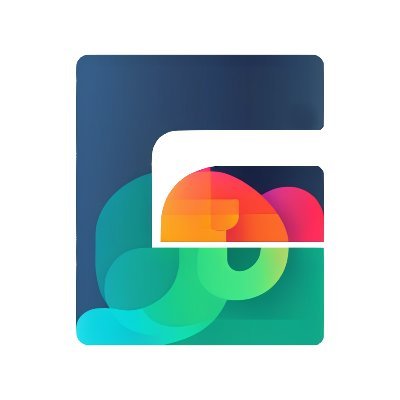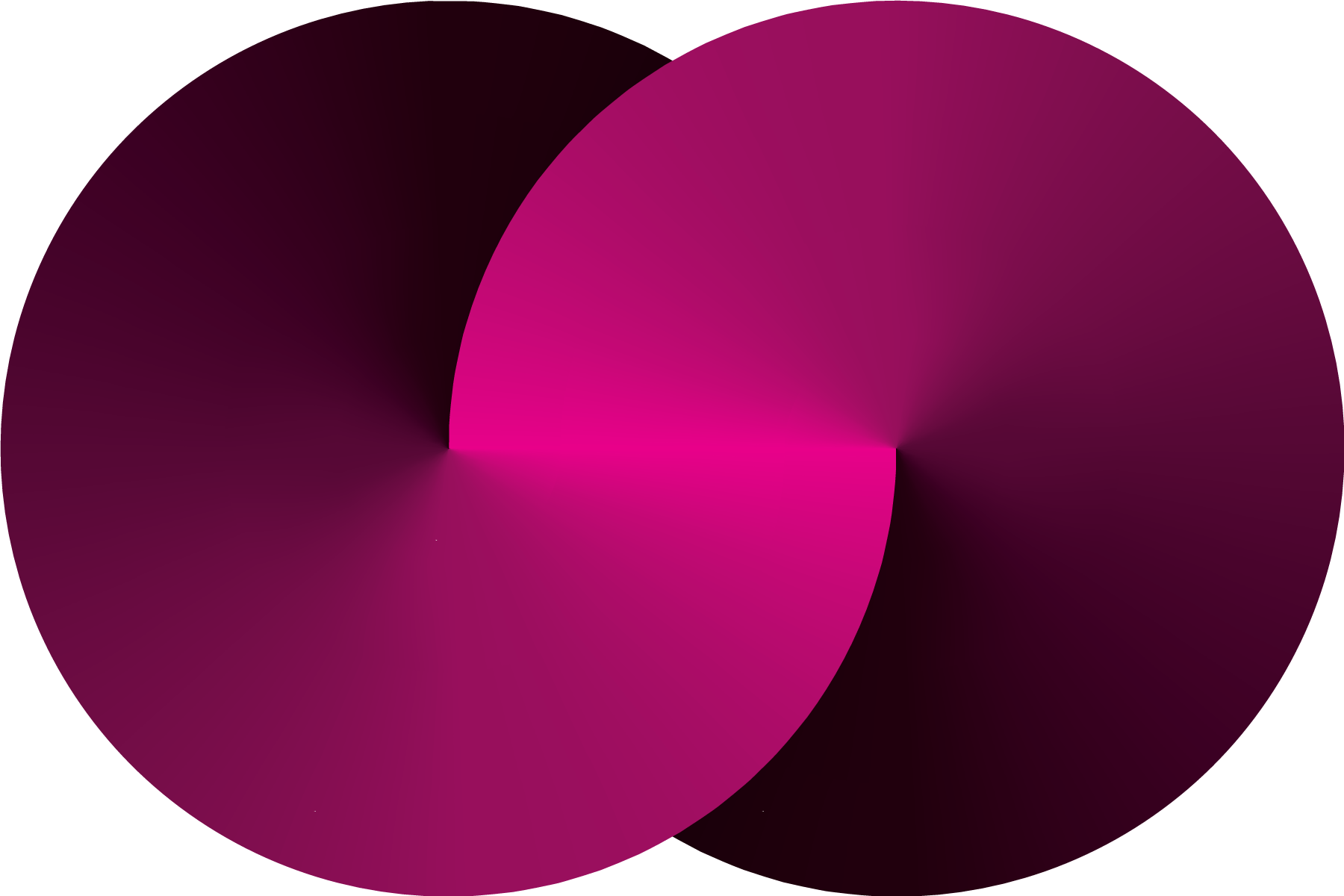Grind Wallet is stepping up its game with the launch of DAO NFTs, offering a new way to own a stake in the future of decentralised finance. The NFTs, which represent equity in the Grind DAO, are now available for purchase, marking a fresh chapter in Web3 governance.
At its core, Grind Wallet is a straightforward yet powerful cryptocurrency wallet designed for the Internet Computer ecosystem. Available as a sleek Chrome extension, it prioritises simplicity while keeping user control at the forefront. A mobile version is also in the works, set to bring seamless Web3 access to users on the go.
What makes these NFTs stand out is their role in governance. Unlike traditional models reliant on volatile tokens, ownership is tied directly to these digital assets. Each NFT represents a single vote in the DAO, ensuring a more stable and manipulation-resistant structure. Holders can also band together into ‘guilds’, pooling resources and influence to shape the direction of the project.
How to own a stake in Grind Wallet
Membership and voting power within the DAO are represented by NFTs, which act as unique and immutable shares of the organisation. While fungible tokens ($PML) will play a role within the ecosystem, they are not directly tied to governance. Instead, $PML tokens can be used to purchase NFTs through controlled pools managed by the DAO itself. This ensures that the distribution process remains fair and immune to external manipulation, while also providing a clear and stable utility for the tokens.
A liquidity pool for $PML may be created if the project grows, though anyone can create one organically. However, this will not have a major impact on the price of NFTs. There will also be a buyback mechanism for investor NFTs once their value has increased appropriately, providing an additional layer of sustainability for stakeholders.
Beyond governance, the NFTs offer financial incentives. Owners gain a share of project profits, calculated from commissions earned by Grind Wallet. Staking is required for participation, but rather than locking assets away, the system tracks ownership history, ensuring security without limiting liquidity.

A key highlight of the project is its focus on usability. The wallet keeps things simple, avoiding complex multi-wallet structures and unnecessary layers. Features like auto-appearing tokens and real-time transfer notifications are being explored, making it accessible even to those new to the ecosystem.
Another aspect setting Grind Wallet apart is its open-source nature. While the code remains transparent for community scrutiny, the name and branding are protected to prevent exploitation by malicious actors. This balance ensures security while fostering innovation.
Looking ahead, the DAO structure will evolve, with NFTs remaining central to decision-making. The sale is planned in multiple rounds, with prices likely increasing over time. Unclaimed assets may eventually be distributed through airdrops, reinforcing community engagement.
For those who appreciate a nod to crypto culture, the project also introduces Paml ($PML), a companion meme token with a playful vision. While primarily designed for engagement through events, games, and airdrops, it will occasionally be accepted for NFT purchases.
Grind Wallet is charting its own course in the Web3 space, blending classic crypto principles with user-friendly innovations. With DAO NFTs now up for grabs, the project is inviting both investors and enthusiasts to be part of something new. Whether as a governance tool or a long-term investment, these NFTs are positioned to play a central role in shaping the future of decentralised ownership.


